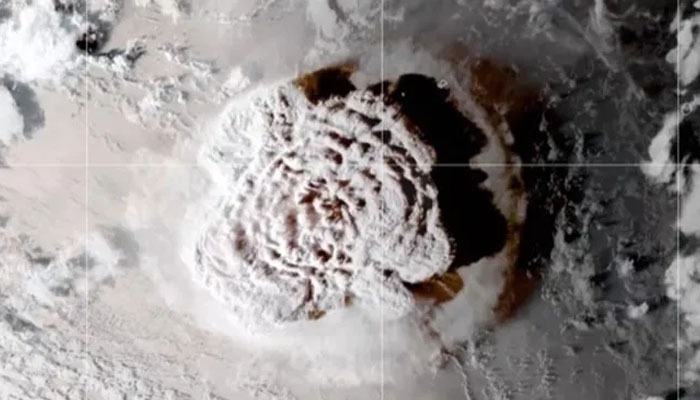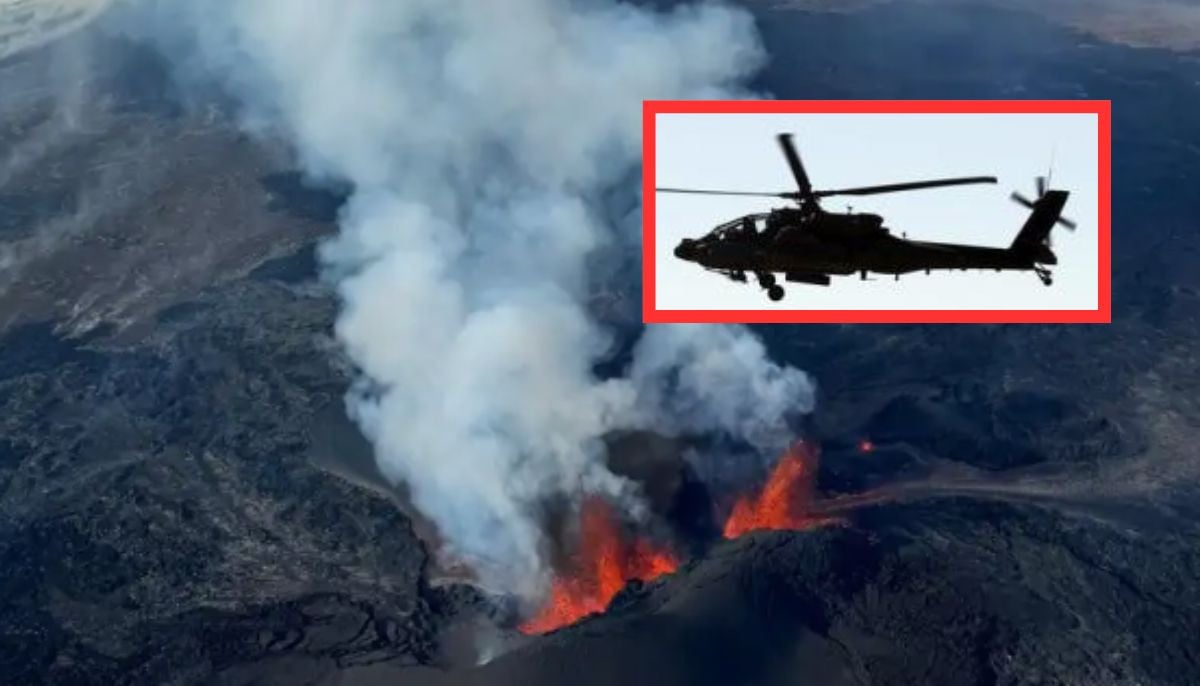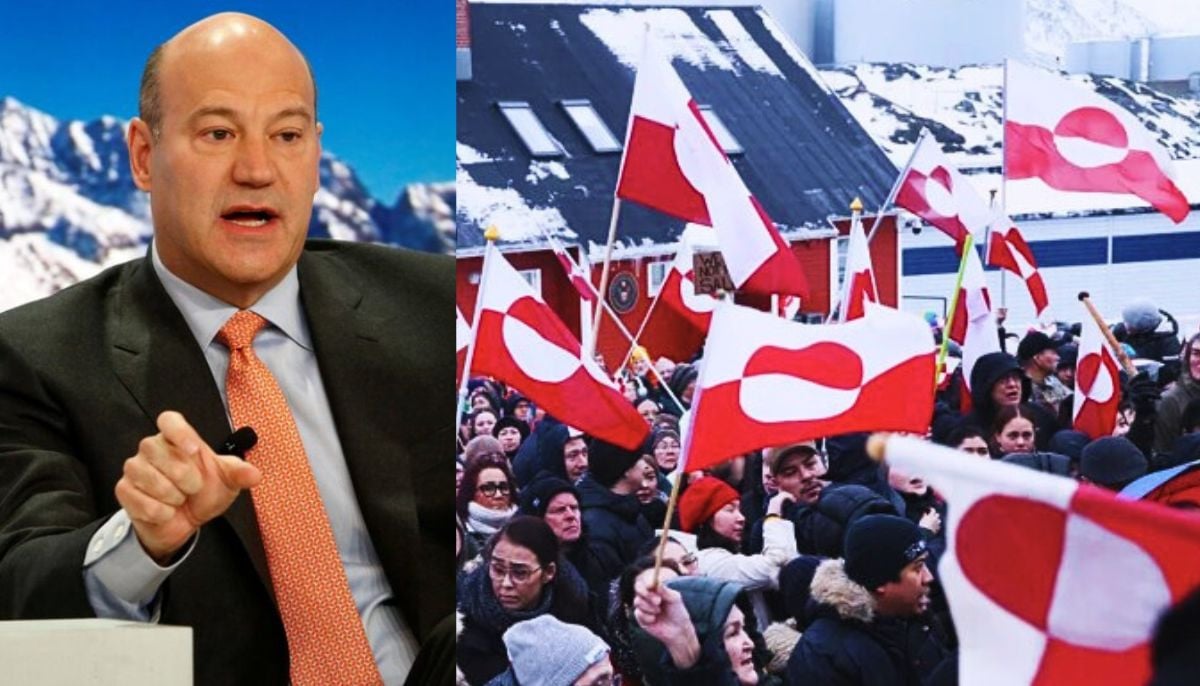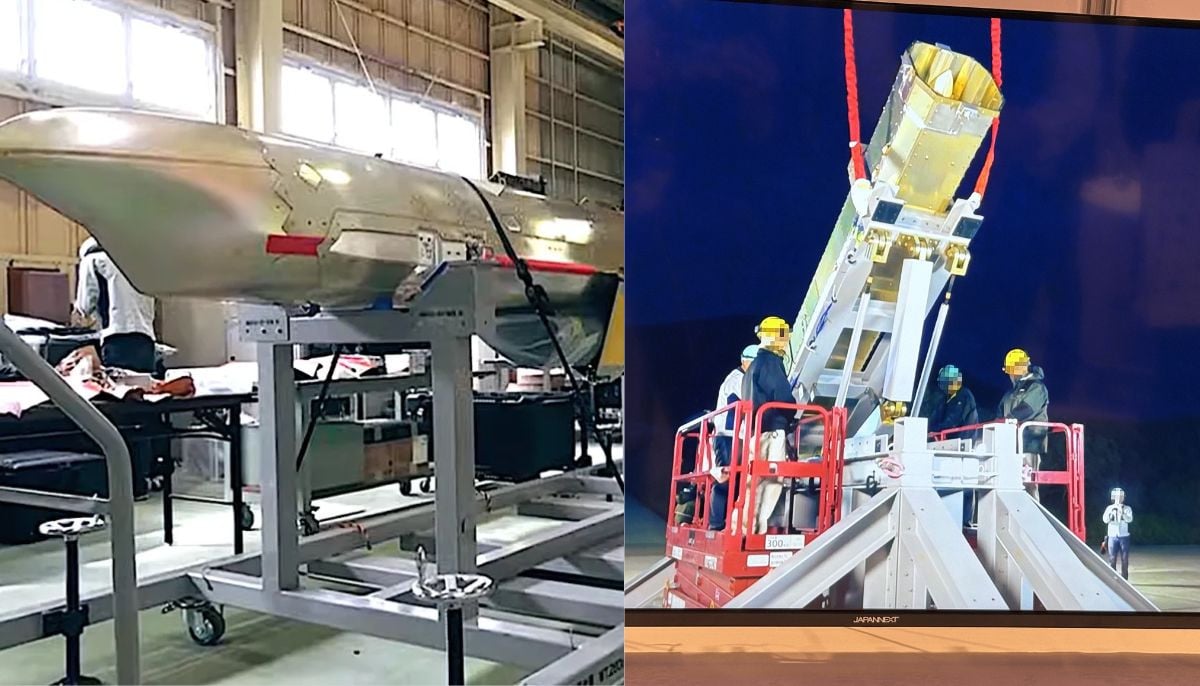World's largest underwater volcano eruption happened 7,300 years ago
World's largest underwater volcano Kikai-Akahoya eruption is said to have taken place in Kyushu Island, Japan
The greatest known volcanic eruption, which occurred 7,300 years ago and released more than twice as much rock and ash as the previous record-holding eruption of Indonesia's Mount Tambora in 1815, has been identified by scientists.
The Kikai-Akahoya eruption, which caused immense destruction, transpired to the south of Kyushu Island in Japan, where the Philippine tectonic plate subducts beneath the Eurasian plate.
A report published online in the Journal of Volcanology and Geothermal Research on February 1st states that, in the previous 140,000 years, the undersea Kikai volcano is known to have generated three large eruptions, the most recent of which was the Kikai-Akahoya eruption.
Although the old volcanic blast was already well known to experts, the new research has identified its record scale and identified it as the greatest eruption of the modern geological age.
"The eruption has been known for a long time, but these authors are increasing our knowledge of it a lot," Tim Druitt, a professor of volcanology at the University of Clermont Auvergne in France who reviewed the study, told Live Science in an email.
Because of the inherent difficulty of accessing the underwater volcano, scientists had previously found it difficult to determine the extent of the eruption and what caused it.
In the latest study, a precise map of the seabed surrounding the volcano was created by experts using seismic data. The scientists used a remote-controlled robot to drill into the seabed at several spots and retrieve sediment cores in order to sample the massive underwater deposits that were shown on the map.
-
UK inflation unexpectedly rises to 3.4% in December, the first increase in five months
-
Trump vows ‘no going back’ on Greenland ahead of Davos visit
-
Japan’s ex-PM Shinzo Abe’s killer is set to be sentenced: How much punishment could he face?
-
Therapist killed in office as former client launches knife attack
-
North Carolina woman accused of serving victims with poisoned drinks
-
'Greenland will stay Greenland', former Trump adviser hints at new twist
-
Stranger knocks, then opens fire on Indiana judge and wife
-
Japan unveils anti-ship missile with ‘barrel-roll’ evasion to outsmart defenses












